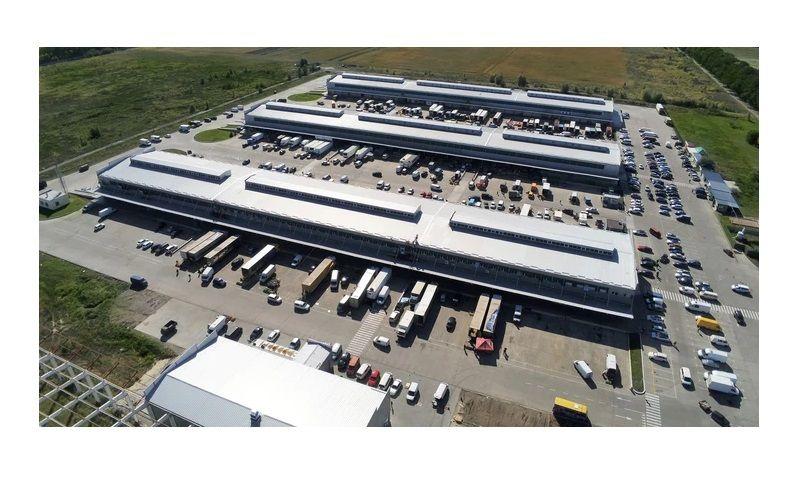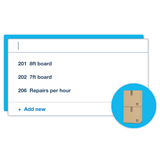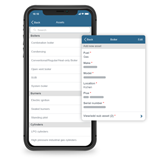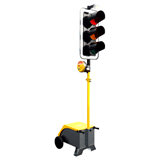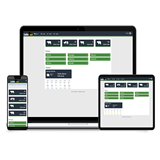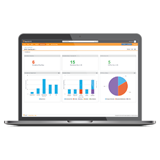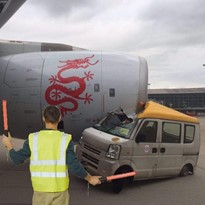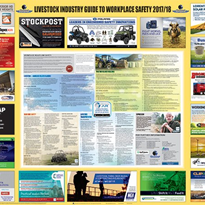One area that is often overlooked is traffic management. Workplace Traffic Management involves planning and organizing the movement of vehicles, equipment, and pedestrians in and around the workplace. A Workplace Traffic Management Plan (WTMP) is a comprehensive document that outlines the measures and procedures in place to manage workplace traffic safely and efficiently. In this blog, we'll discuss the key elements of a Workplace Traffic Management Plan template.
Introduction and Scope
The Introduction should provide an overview of the Workplace Traffic Management Plan and explain its purpose. This section should also outline the scope of the plan, including the areas and activities it covers. The scope of the plan should be specific to the workplace and take into consideration the type of work being done and the nature of the workplace.
Roles and Responsibilities
The Roles and Responsibilities section should identify the people involved in the Workplace Traffic Management Plan, including those who are responsible for its development, implementation, and ongoing maintenance. This section should also outline the roles and responsibilities of individuals involved in the traffic management process such as drivers, pedestrians, managers, training staff, and traffic management personnel.
Risk Assessment
A Risk Assessment should be conducted to identify potential hazards related to traffic in the workplace. The risk assessment should consider factors such as the layout of the workplace, volume of traffic, visibility process, behavioural actions, the type of vehicles and equipment in use, fixed and mobile equipment and their interaction with other plant and personnel. Based on the assessment, control measures should be developed to eliminate or minimize risks.
Control Measures
The Control Measures section should detail the specific control measures in place to manage traffic safely. This may include the use of traffic signs, speed limits, designated pedestrian and vehicle routes, line marking, wheel chocks, driver safety zones, barriers, and other physical controls. This section should also cover the training and supervision of staff, managers, drivers and traffic management personnel. Control measures should take into account the hierarchy of control for risks.
Emergency Response
The Emergency Response section should outline the procedures to follow in the event of an incident or emergency involving workplace traffic. This may include procedures for contacting emergency services, evacuating the area, and providing medical assistance.
Monitoring and Review
The Monitoring and Review section should detail the processes in place to monitor and review the effectiveness of the Workplace Traffic Management Plan. This may include regular inspections, incident reporting and investigation, and ongoing training and communication.
Conclusion
A Workplace Traffic Management Plan is an essential tool for ensuring the safety of employees and visitors in the workplace. By following the key elements outlined in this template, employers can develop a comprehensive and effective traffic management plan that meets the specific needs of their workplace. By prioritizing safety and implementing appropriate control measures, employers can create a safe and productive work environment for all.


